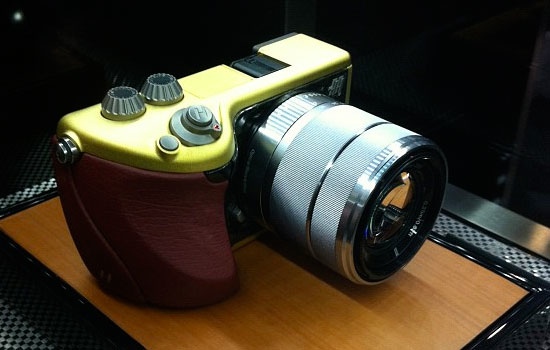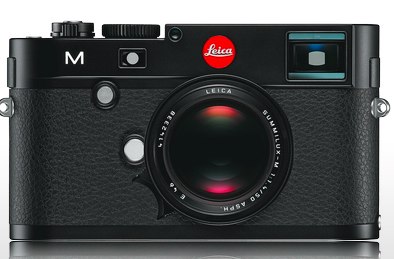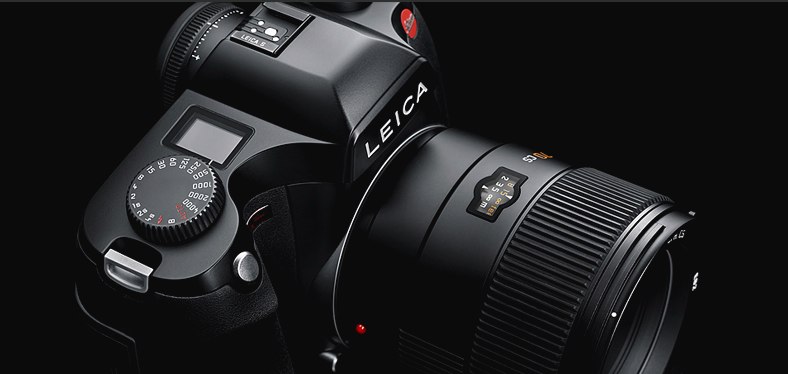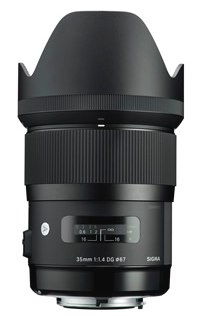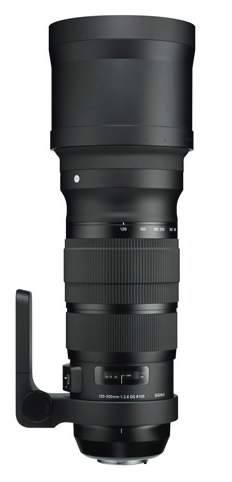A lot of new stuff has come out this year, some still to come but I wanted to give readers a head's up on what I think is pretty cool and what's less so. Please understand that these are my own opinions and may not be congruent with others.
The Entry DSLR
If ever there was a year to be able to get into the DSLR game with incredible quality at unprecedented prices this would be it. Nikon's D3200 is a 24MP powerhouse that is a terrific first step into the DSLR world. It does stills and 1080P video and can use most all Nikon lenses (they have to have an AF motor inside as the body does not). It is fast to use, quick to focus and a great launch point. You will see D3000 and D3100 models at low prices this season but given the light year step forward that the D3200 brings, my opinion is stay away from end of life stuff.
BTW, the Nikon D5100 has been replaced by the D5200 everywhere EXCEPT North America. If you want a current D5X00 buy a gift card and wait. The D5100 is a fine camera but is End of Life.
Canon is now six months in on the Rebel T4i. Rebels have always been a great value, but this Rebel knocks it out of the park. It is an 18MP sensor but in a move never seen before it uses 14 bit processing instead of the 8 bit processing usually found in consumer DSLRs. That means that the tonal range and the overall amount of information is the same as what you would find in a 7D, for a lot less money. The Rebel T4i is also one of very few DSLR cameras that can autofocus in video mode with Canon's STM lenses. Pair this with the 18-135 lens for a truly rocking kit.
The Serious DSLR
In my mind there is a killer choice this season and it's particularly grand if you are a Nikon user, or want to be one. The D600 is stunningly good. Many pros are using the D600 to back up their D3 and D4 bodies instead of the D800. It has a brand new 24MP sensor, speedy autofocus, great handling and when bought as a kit with the brand new Nikkor 24-85 zoom lens you have a good to go offering. The D600 is a full frame sensor so you are maximizing the use of the sensor and the image quality that the camera can deliver.
Canon should have the 6D out before the buying season really starts, although if I were spending coin on a new Canon body in this niche, I'd also look at the clearance pricing on 5D Mk II bodies. The 5D Mk II set the stage for DSLR video and while its autofocus is a bit slower than newer models and has fewer focus points, it is proven worldwide and well over $1,000 cheaper than the 5D Mk III. The 6D will also be full frame and have nominally better autofocus and a slightly higher burst mode fps as well as built in WiFi. The 6D will likely be a few hundred more expensive than the 5D Mk II body when it shows up
The Digital Single Lens Mirrorless
Kudos to Lumix for picking an acronym that finally makes sense. We've seen the Mirrorless Interchangeable Lens Format, the Compact Systems Camera and a variety of others.
In this space despite new versions of the Nikon 1 series replacing the unsuccessful J1 and the nominally more successful V1, Sony rules the space. The NEX-5R and the NEX-6 are unstoppable when it comes to image quality, performance and ease of use. The NEX-6 brings most of the functionality of the market leading NEX-7 to a much more attractive price point and the Sony glass in the space is as good as any other player. The NEX-6 is also a full APS-C sensor instead of the smaller 1" sensors and M4/3 sensors in some of the alternatives.
The Canon EOS-M has finally arrived and I'm sad to say it's not on my hot list. The construction is great, the fit and feel are good but the autofocus is glacial in performance. So long as those mountains in the distance don't move you'll be fine but forget any kind of action. Plus the NEX-6 also offers an eyepiece viewfinder in addition to the rear LCD.
The Lens Quest
Well the lens quest is always a big deal during the holidays. And there are always plenty of options out there so I'm going to try to synthesize the list down for you.
For the person looking for a very fast 50mm that is tough and tack driving sharp, go with the Sigma 50/1.4 It's optically better than the Canon or Nikon options, costs a bit more and uses larger filters. It's better glass and fits both full frame and APS-C sensor cameras.
Want an all in one walkaround lens? Nikon's 28-300 is hard to beat and while Canon's 28-300 variant is both expensive and heavy, it's also great. I cannot say the same for the Nikon 18-300 or the Canon 18-200 as neither fares well in independent testing. Sigma's 18-250 (not the old one, the new one) is a strong player in the space and reasonably priced for what it delivers.
If you have that super-telephoto wanter on your list, or you are that person, allow me to recommend a lens that is expensive, heavy and absolutely brilliant. It's Sigma's 120-300/2.8 zoom. It's actually less expensive than their fixed 300/2.8 and is a joy to shoot with. If 300mm is longer than you want to carry and you don't want to spend as much but want amazing image quality consider the Canon 70-200/4 L IS or the forthcoming Nikon 70-200/4 ED VR. Today's cameras do well at higher ISO so the one stop down from the more expensive and more massive f/2.8 variants will save you money and weight and give you amazing images. You can also consider the Sigma 70-200/2.8 as it will be in a similar price point to the Canon or Nikon f/4 lenses. Many of my TV co-host Bryan's students on Daytripper events have shot amazing images with the Sigma. It's great value for the money.
Tripods
This is the number one time of year for tripod sales. We all know the value of a good tripod but let me share a thought that both Bryan and I have shared on the TV show.
Buy your last tripod first
Sounds simple? It actually is. Most serious photographers find that they end up with multiple tripods or are trying to sell older tripods to fund newer ones. Save time and money and buy the best you can up front. My personal choice is ALWAYS the gear from Really Right Stuff, but as most people like to see before they buy, allow me to use two words. Gitzo and Manfrotto. It's hard to go wrong with either brand, although in keeping with the last first sentiment, also think carbon fiber or basalt. Manfrotto does carbon, Gitzo does both. Lighter is better than heavier if you are the person carrying the tripod and either material transmits less vibration than the less expensive aluminum versions. Your choice of tripod head will make a difference as well so sometimes a new head for an existing tripod is a good move. In this case, if still photography is what the photographer will do most, get a ball head. Those multi-arm heads are awesome for video but take more time to get aligned than a simple ball head. Again, if you go Gitzo or Manfrotto you won't be disappointed.
Looking for more ideas?
Send me an email with your query and I will try to help you out.











